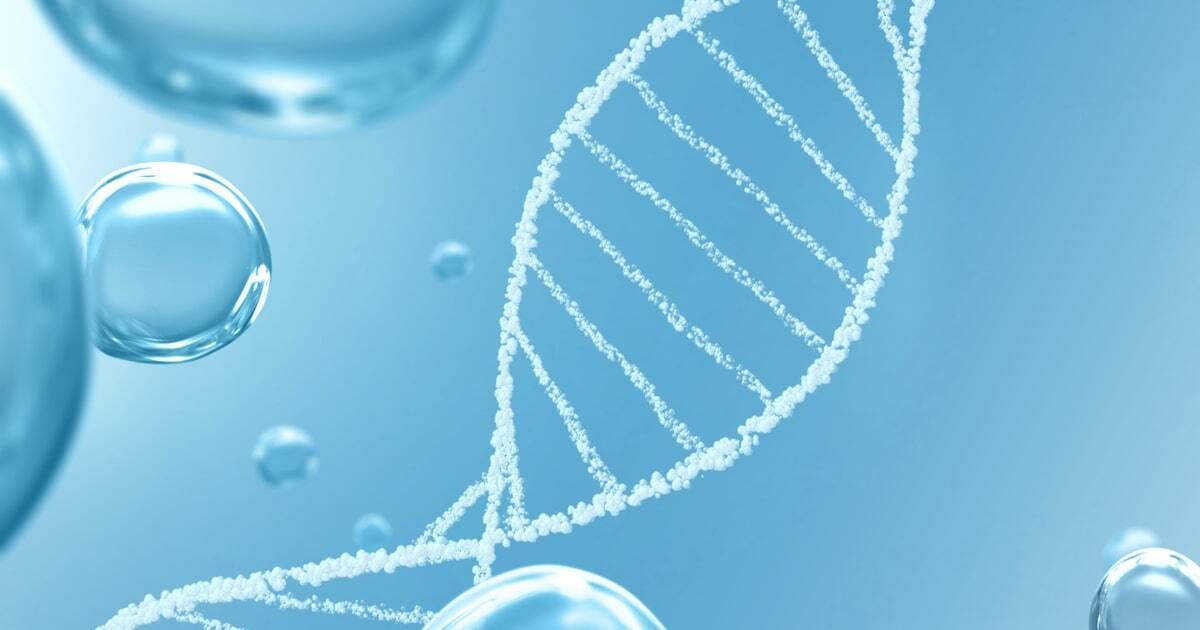Decoding the Genetic Puzzle of Kniest Dysplasia: A Comprehensive Guide

Expert Reviewed By: Dr. Brandon Colby MD
Kniest dysplasia is a rare genetic disorder that affects the growth and development of bones, cartilage, and connective tissue. This condition is characterized by short stature, skeletal abnormalities, and a range of ophthalmic issues. Understanding the genetic basis of Kniest dysplasia is crucial for accurate diagnosis, management, and genetic testing. In this article, we will delve into the complex world of Kniest dysplasia, exploring its genetic origins, diagnostic methods, and the role of genetic testing in managing this disorder.
Understanding Kniest Dysplasia: The Genetics Behind the Disorder
Kniest dysplasia is a heritable bone disorder caused by mutations in the COL2A1 gene, which is responsible for producing type II collagen. Type II collagen is a vital component of the cartilage and connective tissue found in various parts of the body, including the eyes, ears, and joints. Mutations in the COL2A1 gene can lead to the production of abnormal type II collagen, resulting in the characteristic features of Kniest dysplasia and other related disorders.
Distinctive Skeletal Phenotype in Patients with Kniest Dysplasia
A study examining five children with Kniest dysplasia highlights the importance of accurate diagnosis and management of this condition. The affected children exhibited a distinctive skeletal phenotype, including short stature, enlarged joints, and abnormal bone growth. These findings emphasize the need for early recognition and intervention to improve the quality of life for patients with Kniest dysplasia.
Ophthalmic and Molecular Genetic Findings in Kniest Dysplasia
Research into the ophthalmic features of Kniest dysplasia has found similarities with other type II collagen disorders. Affected individuals may experience a range of eye-related issues, such as myopia, cataracts, and retinal detachment. Regular eye examinations are recommended for patients with Kniest dysplasia to monitor and manage these ophthalmic complications.
Diagnosing Kniest Dysplasia: The Role of Genetic Testing
Genetic testing plays a crucial role in diagnosing Kniest dysplasia and other related disorders. By analyzing the COL2A1 gene, healthcare professionals can identify mutations responsible for the condition and provide appropriate management strategies. Genetic testing can also be used for prenatal screening, allowing for early detection and intervention.
Analysis of Genetic Characteristics in Children with Dysplasia
A study analyzing the karyotype results of 436 children with dysplasia found chromosomal abnormalities in 181 cases. This research emphasizes the importance of prenatal screening for Kniest dysplasia and other genetic disorders. Early detection through genetic testing can help healthcare professionals develop tailored management plans for affected individuals, improving their overall quality of life.
Using Genetic Testing to Improve the Lives of Patients with Kniest Dysplasia
Genetic testing offers several benefits for individuals with Kniest dysplasia and their families. By understanding the genetic basis of the disorder, healthcare professionals can provide accurate diagnoses, develop personalized treatment plans, and offer genetic counseling to affected families. Regular monitoring and early intervention can help patients with Kniest dysplasia lead healthier, more fulfilling lives.
Future Research Strategies for Kniest Dysplasia
As our understanding of Kniest dysplasia and its genetic origins continues to grow, so too does the potential for improved diagnostic and treatment options. Future research strategies may include exploring the complex genetic basis of related disorders, such as fibromuscular dysplasia, to identify potential therapeutic targets and develop more effective management strategies for patients with Kniest dysplasia.
In conclusion, Kniest dysplasia is a complex genetic disorder with a wide range of skeletal and ophthalmic features. Genetic testing plays a crucial role in diagnosing and managing this condition, allowing for early intervention and personalized treatment plans. As our understanding of the genetic basis of Kniest dysplasia continues to evolve, so too does the potential for improved patient outcomes and quality of life.
About The Expert Reviewer
Dr. Brandon Colby MD is a US physician specializing in the personalized prevention of disease through the use of genomic technologies. He’s an expert in genetic testing, genetic analysis, and precision medicine. Dr. Colby is also the Founder of and the author of Outsmart Your Genes.
Dr. Colby holds an MD from the Mount Sinai School of Medicine, an MBA from Stanford University’s Graduate School of Business, and a degree in Genetics with Honors from the University of Michigan. He is an Affiliate Specialist of the American College of Medical Genetics and Genomics (ACMG), an Associate of the American College of Preventive Medicine (ACPM), and a member of the National Society of Genetic Counselors (NSGC)